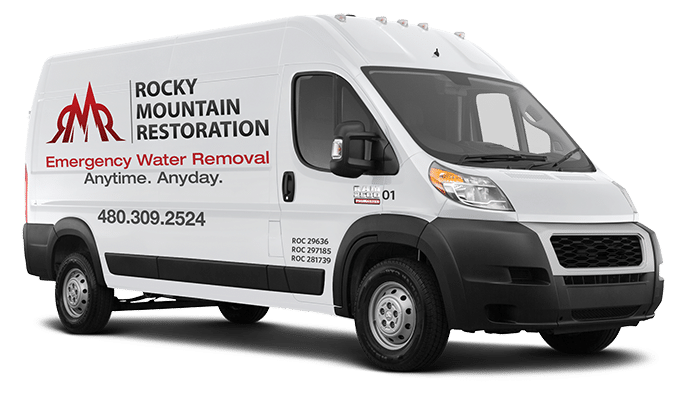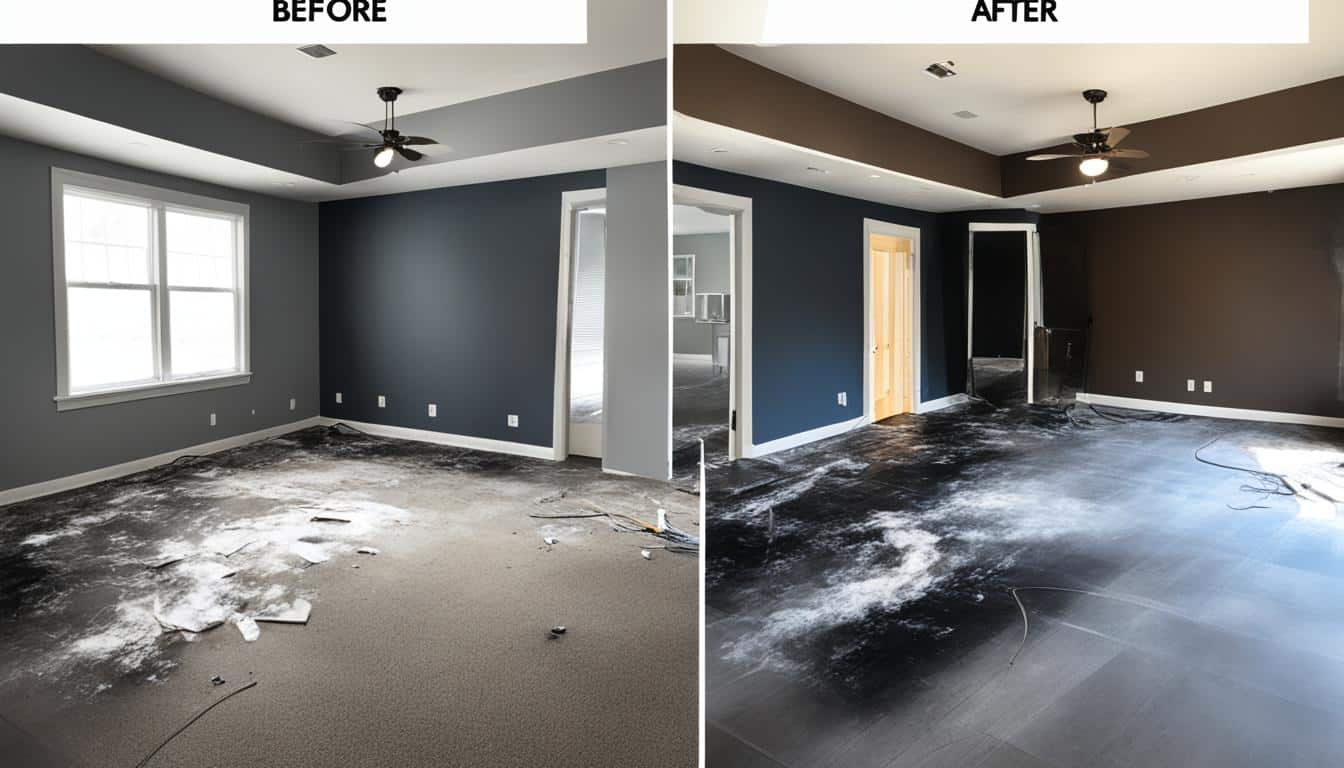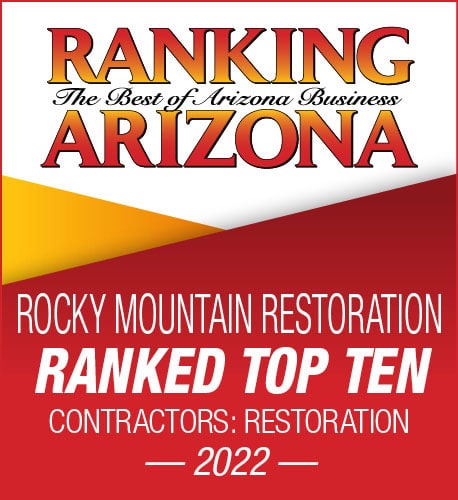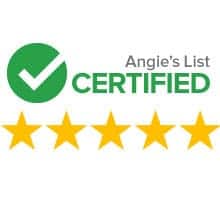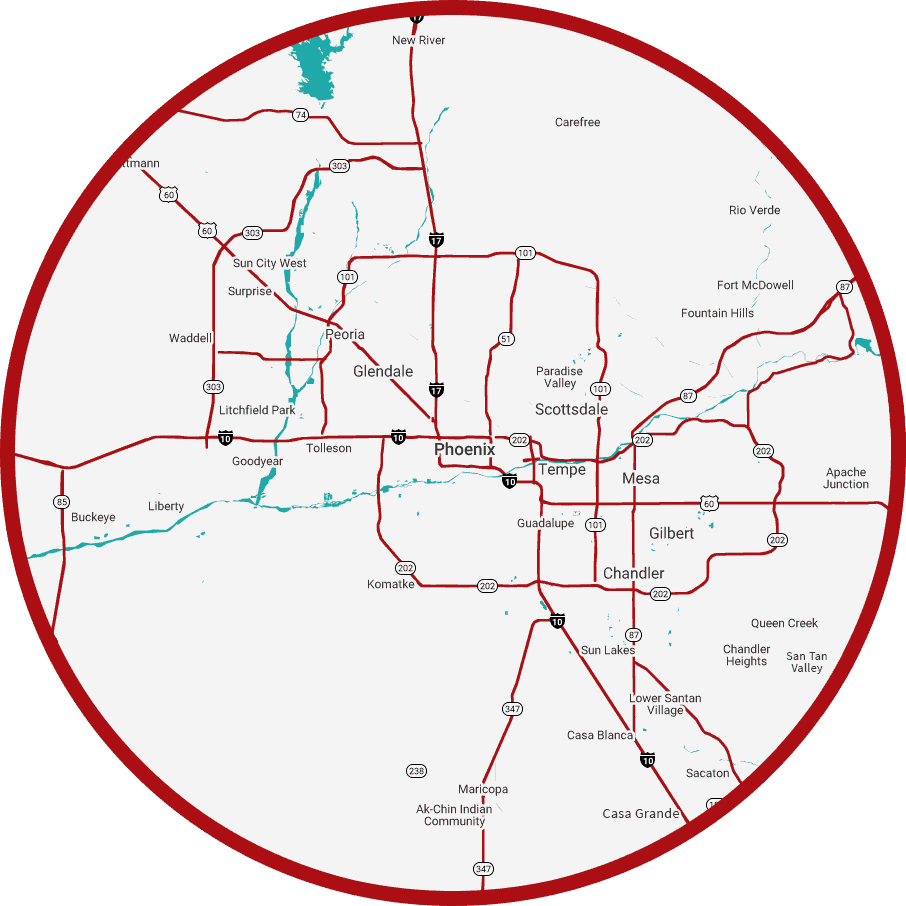Welcome to our comprehensive guide on smoke damage cleanup. If your home has recently experienced smoke damage, it’s crucial to take immediate action to restore it effectively. In this article, we will provide you with essential tips and strategies to help you clean up after smoke damage and bring your home back to its former state.
Smoke damage can have a lasting impact on your home’s structure and belongings. Lingering smoke residue can discolor and stain surfaces, making it challenging to remove without the right techniques and tools. With the proper cleanup strategies, you can mitigate the effects of smoke damage and restore your home’s beauty.
Whether the smoke damage is from a minor incident or a larger fire, our guide will equip you with the knowledge needed to tackle the cleanup process effectively. From safety measures to cleaning techniques and tools, we will cover everything you need to know to restore your home.
Key Takeaways:
- Smoke damage can have long-lasting effects on your home’s structure and belongings.
- Proper cleanup strategies are essential for effectively removing smoke residue.
- Ensure your safety by taking necessary precautions before starting the cleaning process.
- Assess the extent of smoke damage to prioritize areas that require immediate attention.
- Choose the appropriate cleaning techniques and tools for different surfaces and materials.
Now that you have a brief overview, let’s dive deeper into the effects of smoke damage and explore the necessary steps for a successful cleanup.
Understanding the Effects of Smoke Damage
When a fire occurs in your home, the aftermath can be devastating. Not only does the fire itself cause destruction, but the smoke that fills the air can also leave lasting damage. Understanding the effects of smoke damage is crucial in effectively restoring your home.
Smoke can permeate every corner of your house, leaving behind harmful residue on surfaces and materials. The lingering effects of smoke can vary depending on the type of fire and the items burned. It’s important to recognize these effects to properly address the damage and ensure a thorough cleanup.
Smoke damage can affect different surfaces and materials in various ways. Walls and ceilings may develop unsightly stains and discoloration, while fabrics and upholstery can retain a strong, lingering odor. Hard surfaces such as countertops and floors may become coated with a greasy film that is difficult to remove.
Understanding the effects of smoke damage allows you to assess the extent of the problem and determine the best course of action for cleanup and restoration.
The Effects of Smoke Damage:
- Stains and discoloration on walls and ceilings
- Lingering odors on fabrics and upholstery
- Greasy film on hard surfaces
- Corrosion and damage to electronics and appliances
- Health risks from inhaling smoke particles
It’s essential to address the effects of smoke damage promptly to prevent further deterioration of your home and ensure the health and well-being of you and your family.
Safety Measures Before Cleaning
Prioritize your safety and well-being by following essential safety measures before starting the cleaning process. Taking the necessary precautions will not only protect you but also ensure an effective smoke damage cleanup.
- Assess the environment: Before entering your home, make sure it is safe and structurally stable. Look out for any visible signs of damage, such as sagging ceilings, unstable structures, or electrical hazards.
- Wear protective gear: Put on personal protective equipment (PPE) to shield yourself from potential health risks. This includes safety goggles, gloves, a mask, and appropriate clothing.
- Ensure proper ventilation: Open windows and doors to allow fresh air to circulate. This helps dissipate smoke odors and improve indoor air quality.
- Turn off utilities: Shut off the electricity, gas, and water supply before cleaning. This minimizes the risk of accidents and further damage.
- Use caution when handling chemicals: If you need to use cleaning agents or solvents, follow the manufacturer’s instructions carefully. Avoid mixing chemicals as this can result in harmful reactions.
- Keep children and pets away: Ensure the safety of your loved ones by keeping them away from the cleaning area. Smoke residue and cleaning agents may pose health hazards.
- Consult professionals if needed: If you’re unsure about handling certain tasks or if extensive damage is present, consider contacting professional smoke damage cleanup services for assistance.
Assessing the Damage: Where to Start
When faced with smoke damage in your home, it is crucial to assess the extent of the damage before diving into the cleanup process. This assessment will help you determine where to start and prioritize areas that require immediate attention. Here are some steps to guide you:
- Visual Inspection: Begin by conducting a thorough visual inspection of your home. Look for visible signs of smoke damage such as discoloration, soot, and lingering odor. Take note of areas that appear more heavily affected.
- Check Air Quality: Assess the air quality in your home to determine the overall impact of smoke contamination. If the air still smells strongly of smoke or if you notice respiratory issues after spending time indoors, the damage may be more significant.
- Assess Surface Damage: Examine different surfaces and materials in your home to evaluate the level of smoke damage. Pay close attention to walls, ceilings, carpets, furniture, and personal belongings. Note any discoloration, stains, or warping caused by smoke exposure.
- Inspect HVAC Systems: Inspect your HVAC systems, including air ducts and filters, as they can spread smoke particles throughout your home. Check for visible soot or signs of smoke residue in the HVAC components.
By following these steps, you can effectively assess the smoke damage in your home and determine where to start the cleanup process. Remember to prioritize areas that pose health risks or are critical for the functionality and livability of your home.
| Severity of Damage | Areas to Prioritize |
|---|---|
| Mild | Focus on cleaning visible soot and odor-prone areas, such as walls and upholstery. |
| Moderate | Address areas of heavy soot buildup and consider professional cleaning services for thorough restoration. |
| Severe | Engage professional remediation services to handle extensive smoke damage and ensure proper restoration. |
Cleaning Techniques and Tools
When it comes to smoke damage cleanup, knowing the right cleaning techniques and tools is essential for effectively removing smoke residue from different surfaces in your home. By using the appropriate cleaning agents and tools, you can restore your home to its pre-damaged state. Here are some key techniques and tools to consider:
Cleaning Techniques
- Dry Cleaning: Use dry cleaning methods such as vacuuming or dry sponge wiping to remove loose soot and smoke particles from surfaces without further spreading or smudging.
- Wet Cleaning: For more stubborn residue, wet cleaning techniques like using mild detergent solutions or specialized smoke damage cleaning products can effectively loosen and remove smoke particles from various materials.
- Pressure Washing: In some cases, pressure washing may be necessary for outdoor surfaces such as walls or decks. Seek professional help or follow manufacturer guidelines when using this technique.
- Deodorizing: Smoke damage often leaves behind unpleasant odors. Deodorizing techniques like using ozone generators, thermal foggers, or air purifiers can help eliminate these odors and improve indoor air quality.
Cleaning Tools
Having the right cleaning tools can make a significant difference in the efficiency and effectiveness of your smoke damage cleanup. Here are some essential tools to have:
| Tools | Usage |
|---|---|
| Sponges and Microfiber Cloths | Cleaning surfaces with mild detergent solutions. |
| Soft Bristle Brushes | Gently scrubbing delicate surfaces. |
| Vacuum Cleaner with HEPA Filter | Removing loose soot and smoke particles. |
| Pressure Washer | Cleaning outdoor surfaces with high-pressure water. |
| Gloves and Protective Clothing | Protecting yourself from potential hazards or chemical exposure during the cleaning process. |
Remember, safety should always be a priority during smoke damage cleanup. Wear appropriate protective gear, such as gloves and masks, and follow safety guidelines provided by professionals or manufacturers for specific cleaning agents or tools. By utilizing these cleaning techniques and tools, you can effectively restore your home after smoke damage.
Restoring Your Home: Repairs and Remediation
After experiencing smoke damage in your home, it’s crucial to take immediate action in restoring your living space. In this section, we will explore the necessary repairs and remediation steps to effectively restore your home and ensure your safety.
The first step in the restoration process is to assess the extent of the smoke damage. Inspect your home thoroughly, paying close attention to the structural integrity of the building. Look for signs of damage such as weakened walls, compromised roofing, or electrical issues. It is essential to address these structural issues promptly to prevent further damage and ensure the safety of your home.
Once you have identified the areas that require repairs, it’s time to engage professionals in the remediation process. Skilled restoration specialists have the expertise to handle smoke damage cleanup efficiently and effectively. They can utilize advanced techniques and equipment to remove smoke residue, deodorize your home, and restore it to its pre-damage condition.
During the repairs and remediation process, it’s important to follow safety measures to protect yourself and others. Use personal protective equipment such as gloves, masks, and goggles to avoid direct contact with hazardous materials. Additionally, ensure proper ventilation to minimize exposure to airborne contaminants.
When it comes to repairs, focus on restoring damaged surfaces and materials. Scrub walls, ceilings, and furniture with appropriate cleaning agents to remove smoke stains and odors. Replace damaged carpets, curtains, and upholstery to eliminate lingering smoke smells. Ensure that electrical and HVAC systems are properly inspected and repaired by professionals to avoid any potential hazards.
Lastly, don’t forget to document the repairs and remediation efforts for insurance purposes. Take photographs of the damaged areas before and after restoration, and keep all receipts related to repairs and professional services.
Restoring your home after smoke damage requires a systematic approach, attention to detail, and the involvement of qualified professionals. By addressing the necessary repairs and engaging in thorough remediation, you can successfully restore your home to its pre-damage condition, providing a safe and healthy environment for you and your family.
Conclusion
In conclusion, taking immediate action and implementing thorough smoke damage cleanup strategies is crucial in restoring your home effectively. By understanding the effects of smoke damage and prioritizing safety measures, you can ensure a successful cleaning process.
Start by assessing the extent of the damage and addressing areas that require immediate attention. Utilize appropriate cleaning techniques and tools to remove smoke residue from different surfaces, making sure to choose the right cleaning agents for each material.
Additionally, don’t overlook the importance of repairs and remediation. Structural issues and other damages should be promptly addressed to prevent further deterioration and ensure the long-term restoration of your home.
By following these guidelines, you can restore your home to its former state, eliminating the lingering effects of smoke damage and creating a safe and healthy living environment for you and your family.
FAQ
What are some effective cleanup strategies for smoke damage cleanup?
To effectively restore your home after smoke damage, it is recommended to start by ventilating the space and removing any debris. Then, use specialized cleaning agents and techniques to clean surfaces and remove smoke residue. Finally, ensure thorough drying to prevent further damage.
What are the effects of smoke damage on a home?
Smoke damage can have various effects on different surfaces and materials in your home. It can leave behind a strong odor, discoloration, and stains. Additionally, smoke particles can penetrate porous materials, causing long-term damage if not properly addressed.
What safety measures should I take before cleaning after smoke damage?
Before starting the cleaning process, it is important to prioritize safety. Make sure to wear protective gear, such as gloves and masks, to prevent exposure to harmful chemicals and contaminants. Additionally, ensure proper ventilation in the area to avoid inhaling toxic fumes.
How do I assess the extent of smoke damage in my home?
To assess smoke damage, start by inspecting all areas of your home, including hidden spaces like attics and crawl spaces. Look for visible signs of damage such as soot, discoloration, and warping. Consider hiring a professional to conduct a thorough assessment if needed.
What cleaning techniques and tools are effective for smoke damage cleanup?
The cleaning techniques and tools you use will depend on the surfaces and materials affected by smoke damage. Some effective methods include dry cleaning, wet cleaning, and using specialized cleaning agents. Tools such as sponges, brushes, and vacuums can help remove smoke residue.
How can I restore my home after smoke damage?
Restoring your home after smoke damage may involve repairs and remediation. Address any structural issues, such as replacing damaged drywall or insulation. Consider working with professionals for extensive remediation, such as deodorizing treatments or HVAC system cleaning.
